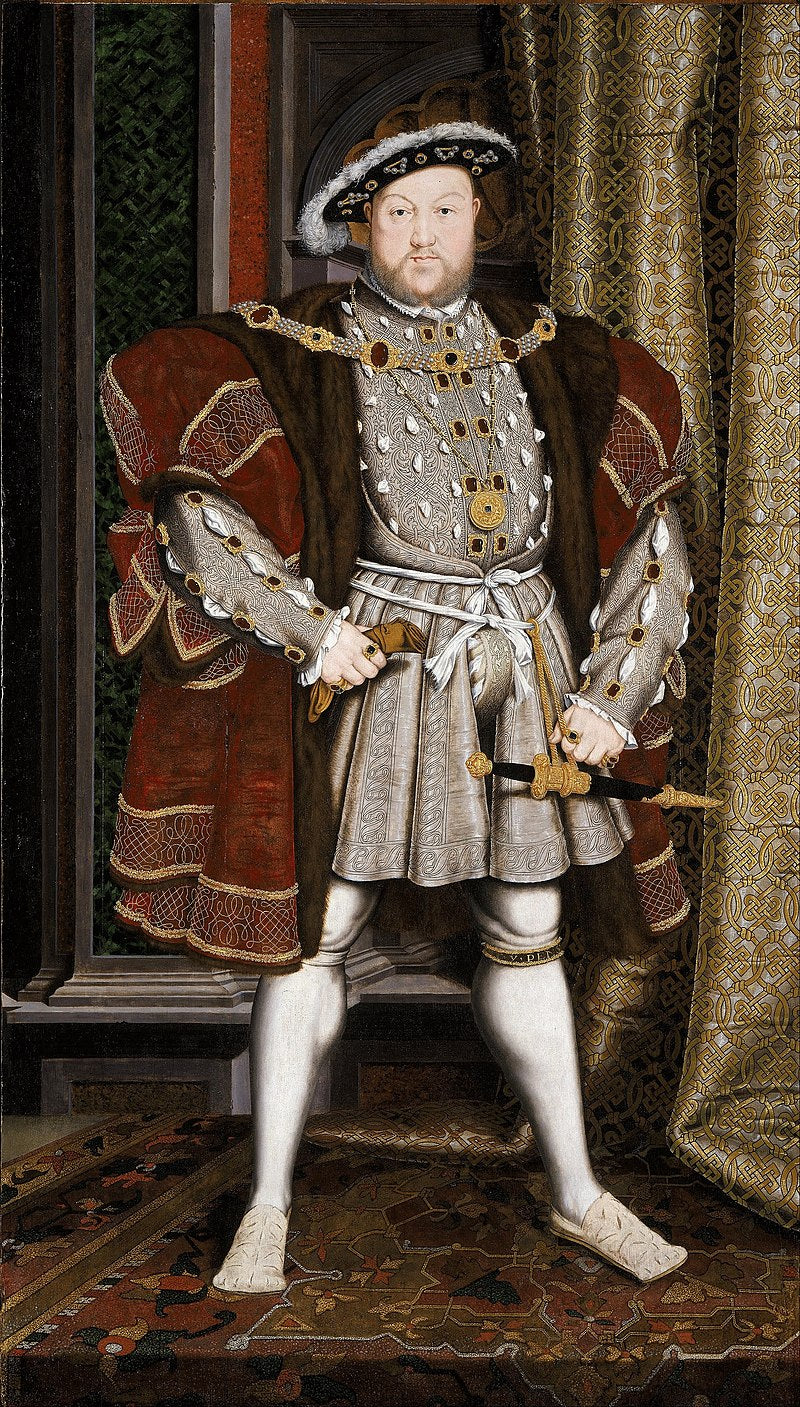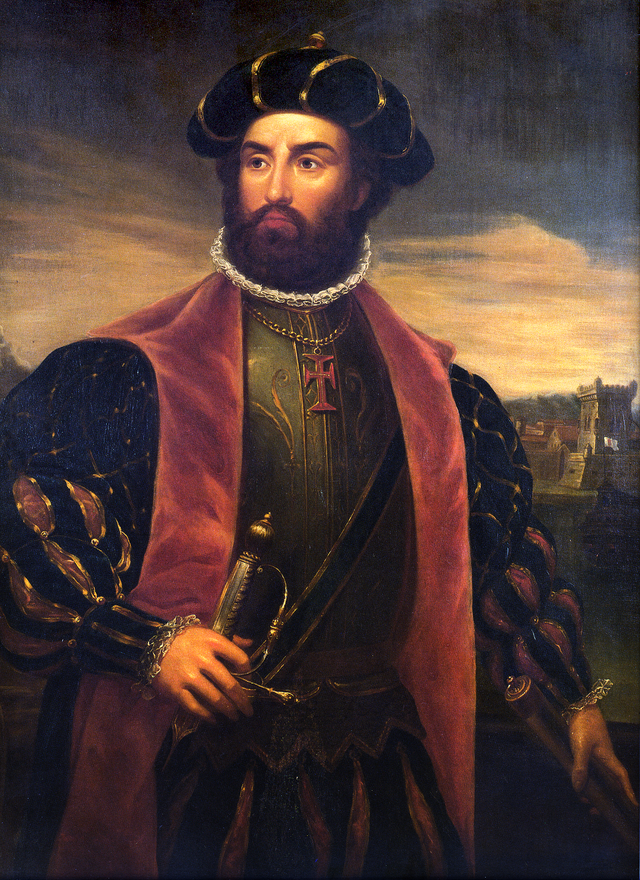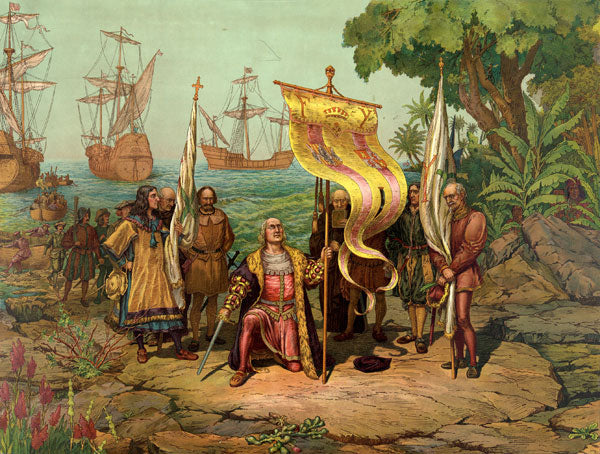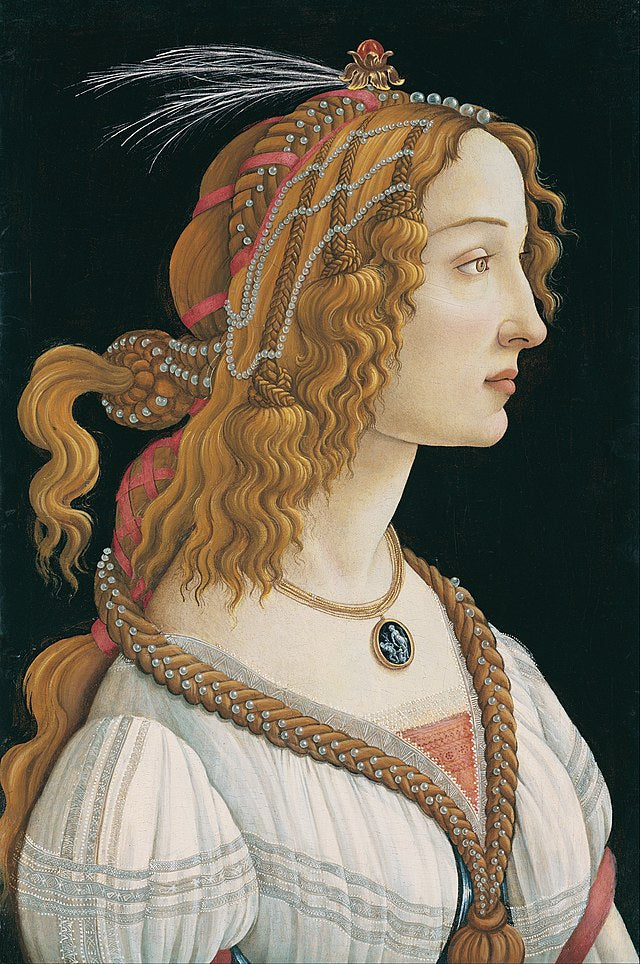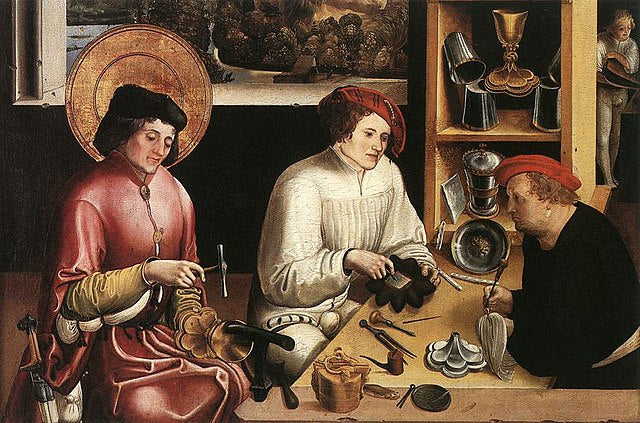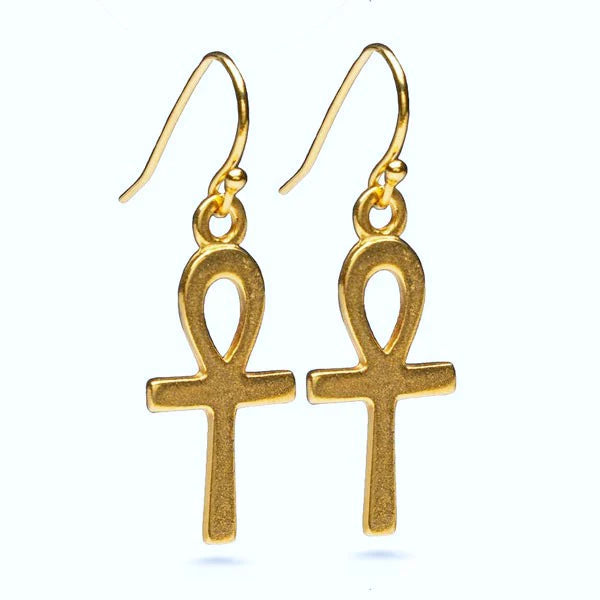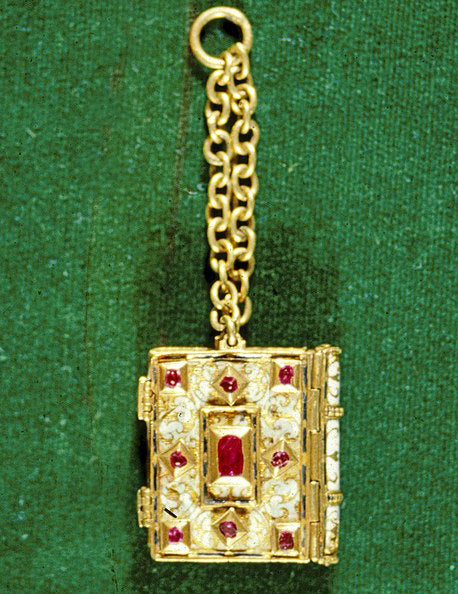
Illustration on top: Giulio Romano - Miniature Manuscript Used as a Pendant
The Renaissance, which took place between 1460 and 1650, marked a significant shift in the history of art and culture. It was a cultural and intellectual movement that began in Italy in the 14th century and later spread throughout Europe. The term "Renaissance" means "rebirth" and refers to the rediscovery of classical culture and the emergence of a new way of thinking. It was characterized by a renewed interest in classical learning and values, which led to a flowering of art, literature, science, and architecture.
During the Renaissance, the arts and sciences flourished and many great artists, such as Leonardo da Vinci, Michelangelo, and Raphael, produced some of the most iconic works of art in history. The humanist philosophy that emerged during this period placed a new emphasis on the individual and their potential for self-expression and achievement.
In terms of jewelry, the Renaissance marked a transition from the Gothic style to a new interest in classical motifs, designs, and decorative elements. The new style was influenced by ancient Greek and Roman art and architecture, which led to a more refined and elegant aesthetic. The jewelry of this period was characterized by intricate designs, and the use of precious stones and pearls, which reflected the opulence and extravagance of the era. The use of enamel was also a common technique used in the jewelry of this period, which added a variety of colors and patterns to the pieces.
Renaissance jewelry was worn by both men and women, and it was an important part of the costume of the time. Jewelry was often sewn onto clothing, and the costume fashion dictated much of the jewelry art of this period. The jewelry of the Renaissance was created by skilled goldsmiths and was highly prized for its craftsmanship and beauty. Many examples of Renaissance jewelry have been preserved, and they continue to be admired for their artistry and historical significance.
One of the most notable features of Renaissance jewelry is the use of symbolism and iconography, which was heavily influenced by the classical world. Jewelry pieces often depicted biblical or mythological scenes, as well as motifs like flowers and animals. The use of symbolism also had a deeper meaning as many of the jewelry pieces were worn as a symbol of wealth, status, and power. The jewelry of the Renaissance was also used to make statements about the wearer's religious beliefs and allegiances.
In conclusion, the Renaissance was a significant period in the history of jewelry. The new interest in classical motifs, designs, and decorative elements led to the creation of intricate and elegant pieces that reflected the opulence and extravagance of the era. The jewelry of the Renaissance continues to be admired for its artistry, craftsmanship, and historical significance.

